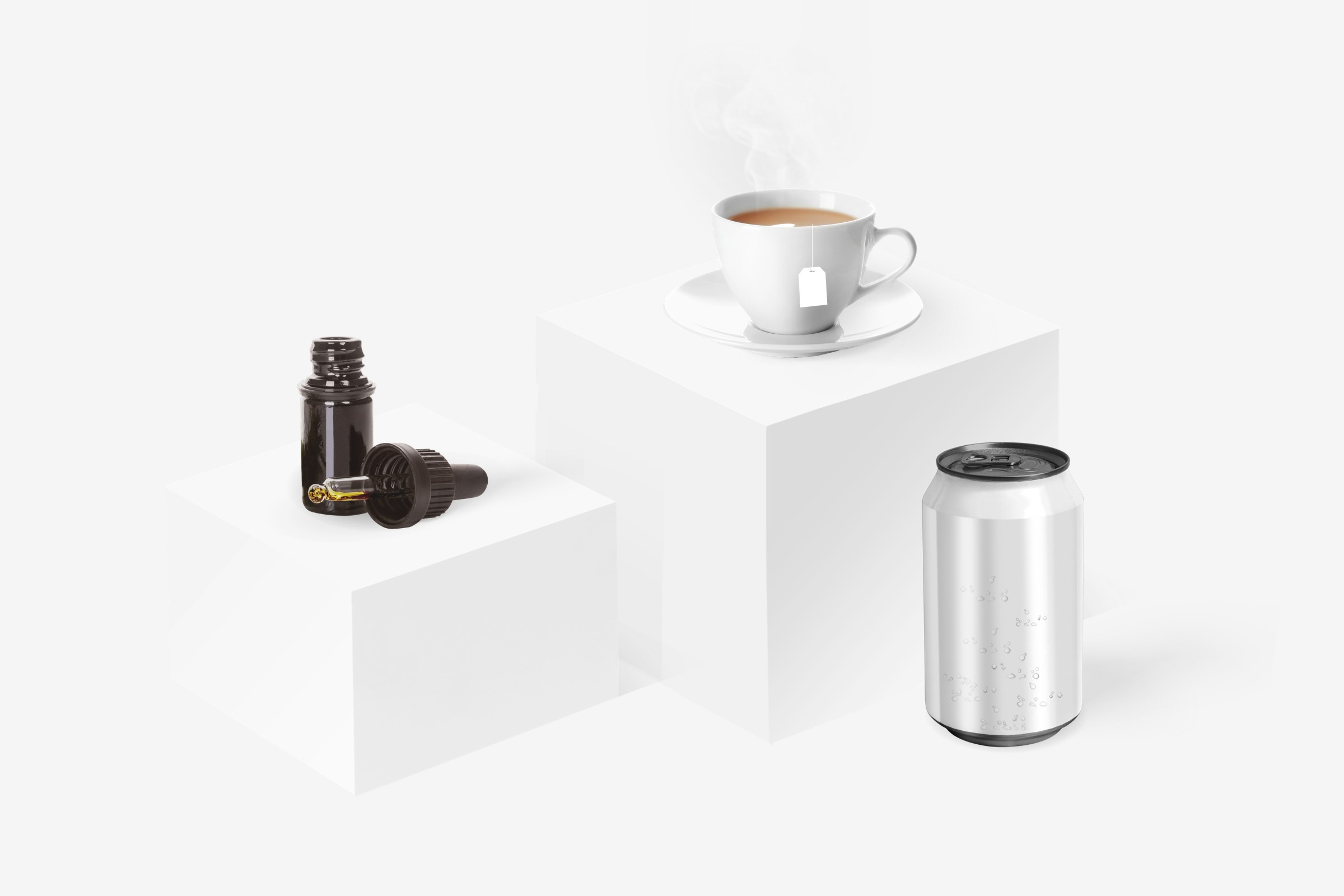The Charter of the French language and its regulations govern the consultation of English-language content.
The Charter of the French language and its regulations govern the consultation of English-language content.
As you probably know, the sale of several new types of cannabis products, including edibles, extracts and topicals, is now legal in Canada. In Québec, some of these new products will be available for purchase at the SQDC as of January 1, 2020. Here’s a brief rundown of what you need to know.

Several new types of cannabis products will become legal for sale in Canada on December 16, 2019. However, the SQDC will only begin introducing them on January 1, 2020 on its website and on January 2 in its stores (physical points of sale will be closed on January 1 due to the statutory holiday).
Initially, the SQDC will offer only a few new products, mainly teas and other beverages.
When the producers of other new products are ready – probably in the spring of 2020 – the SQDC’s product offer may be expanded with new products that can legally be sold in Québec, including cooking oil and hashish.
Why wait until January 1? Because the availability of the new products depends on the industry’s ability to meet all regulatory requirements and supply the new products quickly and in sufficient quantities. That is why it is even possible that no new products will be available on January 1 and that their introduction will be postponed a little.
In keeping with its mission to protect public health, the SQDC will not sell any vaping products. Many cases of health problems among teenage and young adult vapers have been reported and the cause has yet to be determined.
Also, Québec’s Directeur national de santé publique has warned Québécois to avoid using cannabis vaping products, further validating our decision.
Authorized edibles
Unauthorized edibles
Authorized extracts
Remember that after ingesting an edible cannabis product, the effects may take 60 minutes or longer to appear and may last up to 8 hours or longer. For more information about authorised products, safe doses and recommended methods of use, visit the Type of products page.
Lastly, keep these products out of children's reach. Store them securely to prevent accidental use and intoxication,. To avoid overdosing, start with a small dose and wait several hours between doses. Visit the responsible use page for advice on using cannabis responsibly.
Topicals
Topical cannabis products are authorized federally, but Québec law bans their sale in the province.
THC and CBD
Two new icons on online and in-store product sheets make it easier to know the product’s THC and CBD levels.

Terpenes
Comparable to essential oils, terpenes are what give the cannabis plant most of its aromas and flavours (fruit, skunk, cheese, citrus, etc.). As a group, cannabis plants naturally produce more than 100 terpenes. Terpenes are found mainly on the trichomes, which are concentrated on the flowers.
Each product sheet states which of the most common terpenes – caryophyllene, limonene, myrcene, linalol, pinene, humulene, terpinolene and ocimene – are found in the product. For more information about the aromas characteristic of each terpene, visit Terpenes section.
Assistance resources
If you or someone you know is dealing with a problem related to cannabis use, don’t hesitate to turn to one of the many available resources. Consult the list of organisations that can help.